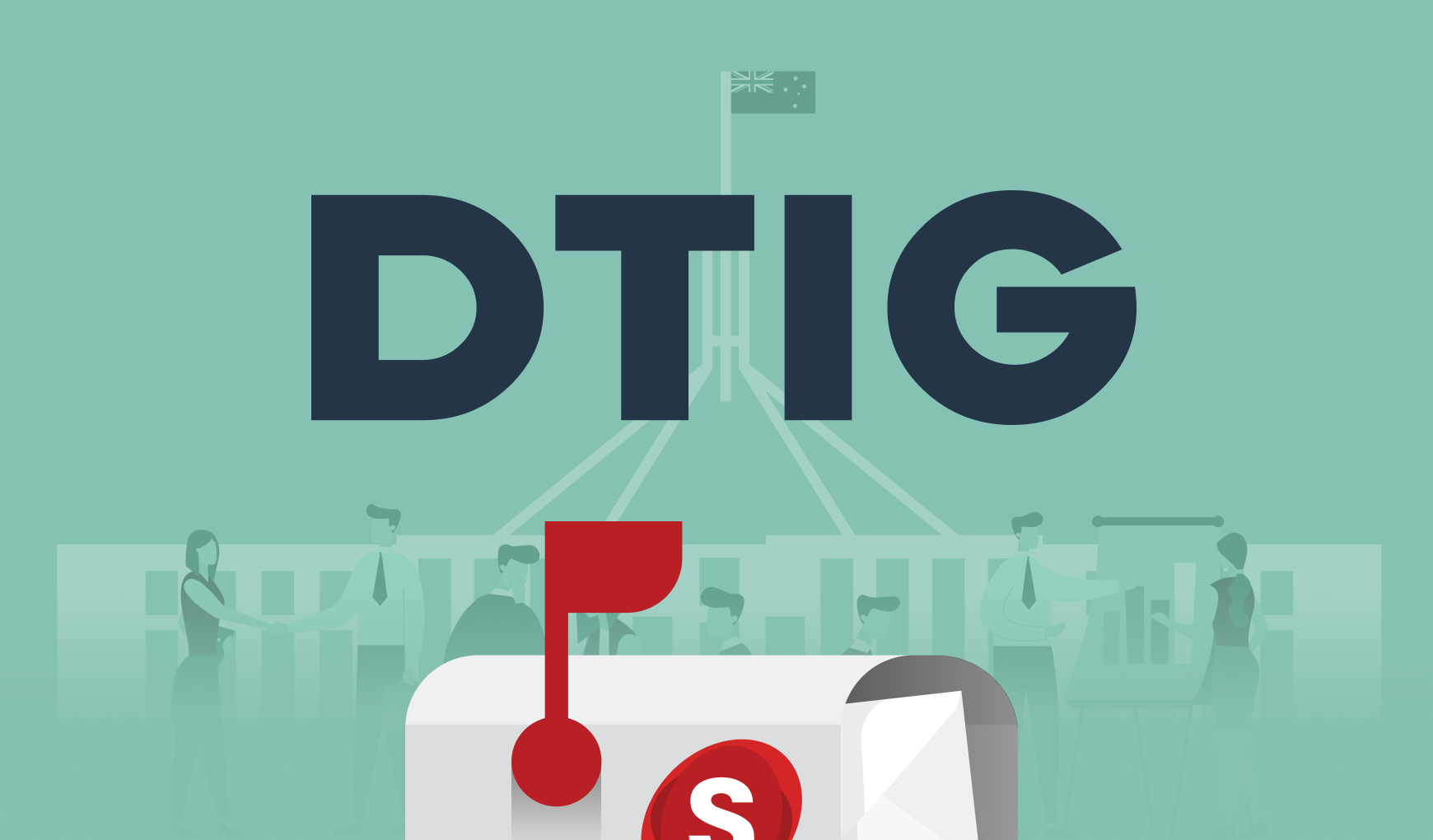The plan
Australia 2030: Prosperity through aims to improve Australia’s innovation performance and ensure we’re a leading innovation nation. The ‘tagline’ for the report says it all: “A plan for Australia to thrive in the global innovation race”.
The report was released in November last year and includes lots of strategy relevant to digital transformation in government (DTIG). The full is 125 pages, but there’s also an online of the report.
The plan identifies five strategic imperatives (education, industry, government, research and development, and culture and ambition) and makes 30 recommendations.
While the plan itself is obviously extremely relevant to many areas of government, we’re going to focus on recommendations aligned with DTIG.
The plan and DTIG
Imperative 3 relates to government and calls for government to become a catalyst for innovation and to be “recognised as a global leader in innovative service delivery”.
ISA’s vision for this imperative is that by 2030: “Australian governments will facilitate innovation through the regulatory and policy environment; procurement and major programs and projects; and through role modelling innovation through service delivery.”
The last part of this vision particularly relates to DTIG and there are many government departments already doing just this...improving service delivery via digital transformation. In fact, many of the Salsa Digital DTIG blogs focus on initiatives or case studies that are great examples of innovation in service delivery.
Within the Government section of the report, there are five strategic opportunities. Two are particularly relevant to DTIG:
Opportunity 3.3 addresses open data and the importance of improving access and usefulness.
Opportunity 3.5 focuses on the improvement of government services via digital technology and process redesign.
Open data
Open data has already played a big role in these DTIG blogs...in fact, four of our DTIG blogs look at open data in one way or another (Australia’s National Map - Open Data In Action, The power of open data, Apps4NSW...open data for transformation and GovHack 2016). It’s well and truly on our radar, and no doubt yours too, so it’s not surprising open data is included in this recent report.
The report mentions that Australia is already doing very well with open data (ranking ninth in the OECD for open data and with over 28,000 Federal datasets already available). The report then goes on to cite a PwC report that estimates “that Australia could realise approximately $16 billion of additional economic value through open data.”
After analysing what we’re doing and what we could do, the report makes its recommendation for open data, namely improving the provision and use of open government data. The recommendation covers two prongs:
“developing government capability and capacity to deliver accessible, accurate and detailed public data...
developing improved mechanisms to encourage feedback to originating departments from industry and not-for-profit user groups to ensure that data released by governments is maximally useful.”
Digital technology and process redesign
Like the open data section, the report states that Australia is already doing well in this area, and was ranked “second in the world in United Nations’ E-Government online index and e-participation index.” The report then goes on to talk about the need to digitise services and that while much work has already been done in this area, there’s still room for improvement. It says: “Digitalisation of interactions between government and its citizens has the potential to reduce total departmental expenditure by up to 12 per cent by 2026.”
The report mentions the Digital Transformation (DTA) and its Digital Service and gives some examples of successful digital projects that have saved money and/or delivered benefits to citizens. It talks about Service NSW as setting the benchmark in Australia for service delivery and gives Amazon as an example of a company that continually evolves and innovates — suggesting the Australian public service needs to do the same.
Two recommendations come out of this strategic opportunity:
For the DTA to explore how to achieve half of the 12 per cent savings from digitising service delivery by 2022 and the other half by 2026 and to resource the DTA to “benchmark and report on the effectiveness and efficiency of the use of digital technologies and the improvement of service delivery” and set a target for citizen satisfaction and a way of tracking it.
Conduct a review of the Australian Government Public Service focusing on improving “innovation in policy development, implementation and service delivery.”
Salsa Digital’s take
Australia 2030: Prosperity through Innovation provides some very tangible and specific action points that relate to DTIG. We’re strong believers of open data and the ability for technology to transform the way government services its citizens (we’re currently building the Victorian equivalent to Service NSW so we’re in the thick of it!). We think it’s also great that the report specifically suggests getting the DTA to take charge of the recommendation regarding the digitisation of government services.
However, like all these reports and initiatives, it’s important that the recommendations are reviewed and then followed to deliver on the value of the report...and more importantly to deliver on the overarching goal for Australia to “thrive in the global innovation race”. We’re looking forward to playing our role in helping government at all levels embrace innovation and digital service delivery.

